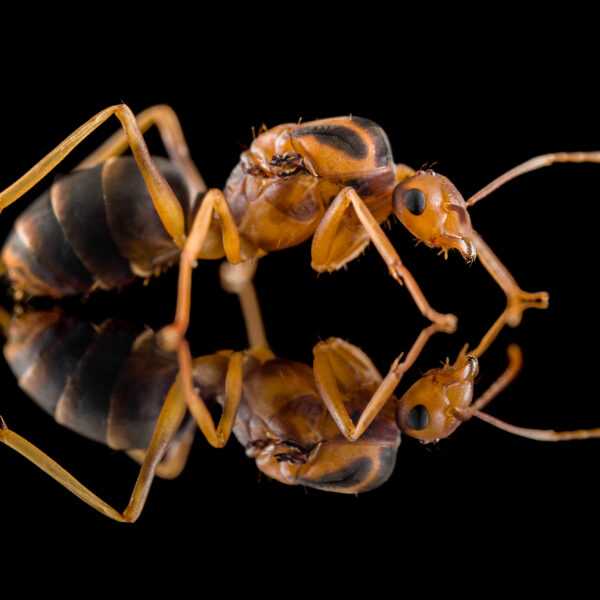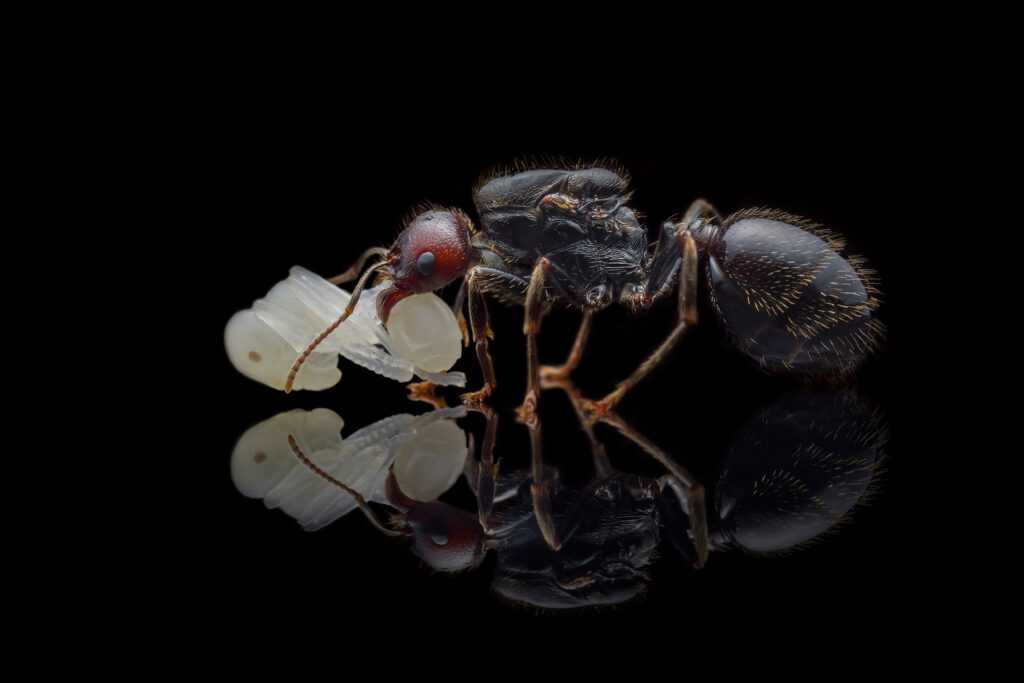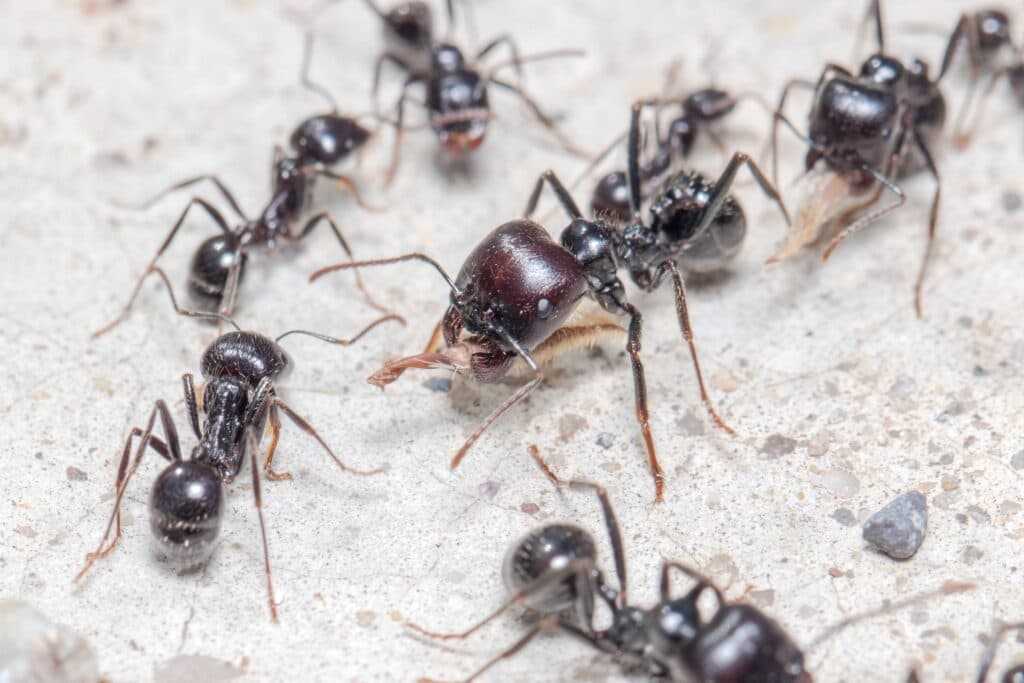Anochetus risii: The Trap-Jaw Ant with Unique Features
Are you looking for an intriguing and visually appealing ant species to add to your collection? Look no further than Anochetus risii, a fascinating trap-jaw ant known for its distinctive characteristics. In this comprehensive guide, we will explore the colony type, size, development rate, nutrition, humidity and temperature requirements, and recommended nests for breeding this captivating ant species.
Colony Type: Monogyny
Anochetus risii is a monogynous species, meaning that each colony consists of a single queen and her offspring. This colony structure ensures a more peaceful and harmonious dynamic within the ant community.
Colony Size: Up to 600 workers
With the potential to house up to 600 workers, Anochetus risii colonies can thrive and exhibit impressive levels of organization and cooperation. Witnessing such a large number of ants working together is truly a sight to behold.
Development Rate: Medium
When it comes to the development rate, Anochetus risii falls into the medium category. While not as fast as some other ant species, this moderate pace allows for a more gradual growth and maturation process.
Size and Color: Orange-Brown and Eye-Catching
The queen of Anochetus risii measures around 6-7 mm in length, showcasing a regal presence within the colony. The workers, slightly smaller at 5-6 mm, are equally fascinating in their **orange-brown** hue. This unique coloration adds a vibrant touch to any ant collection.
Nutrition: A Varied Diet for Optimal Health
Anochetus risii sustains itself on a balanced diet of live food insects, such as cockroaches and crickets. This protein-rich diet provides essential nutrients for the ants’ overall health and vitality. To complement their insect intake, Anochetus risii also enjoys the occasional sweet fruit treat.
Arena Humidity and Temperature Needs
Creating the ideal environment for Anochetus risii is crucial for their well-being. The recommended humidity levels for the arena are between 50-70%, while the nests require slightly higher humidity levels of 70-90%. Maintaining these levels ensures a comfortable and healthy habitat for the ants.
Regarding temperature, the arena should be kept at a steady range of 24-30 °C, while the nests require a slightly cooler temperature range of 22-27 °C. These temperature variations simulate the ants’ natural habitat and contribute to their overall physiological balance.
Feature of the Species: Trap-Jaw Mechanics
One of the most intriguing aspects of Anochetus risii is their unique trap-jaw mechanism. These ants possess powerful mandibles that can snap shut with an astonishing speed and force, leaving little chance for their prey to escape. This incredible adaptation makes Anochetus risii an excellent predator and contributes to their success as a species.
Recommended Nests for Breeding: Acrylic, Gypsum, and Aerated Concrete
When it comes to providing suitable nests for breeding Anochetus risii, several materials are highly recommended. **Acrylic, gypsum, and aerated concrete** offer the necessary durability, moisture-retention, and ease of maintenance to create a thriving habitat. These materials ensure the comfort and security of the colony, allowing them to focus on their growth and development.
Whether you are a seasoned ant enthusiast or just starting your journey, Anochetus risii is an excellent addition to any collection. With its monogynous colony structure, impressive size, unique trap-jaw mechanics, and beautiful coloration, these ants are sure to capture your attention. By providing the proper nutrition, humidity, temperature, and nest materials, you can create an optimal environment for Anochetus risii to thrive and showcase their remarkable abilities. Start your ant-keeping adventure with Anochetus risii and be amazed by the wonders of nature!


















Reviews
There are no reviews yet.